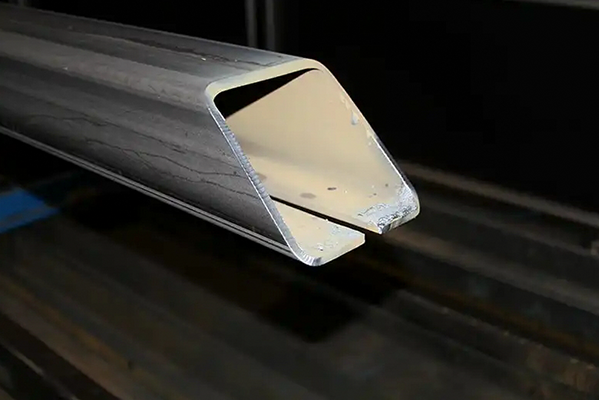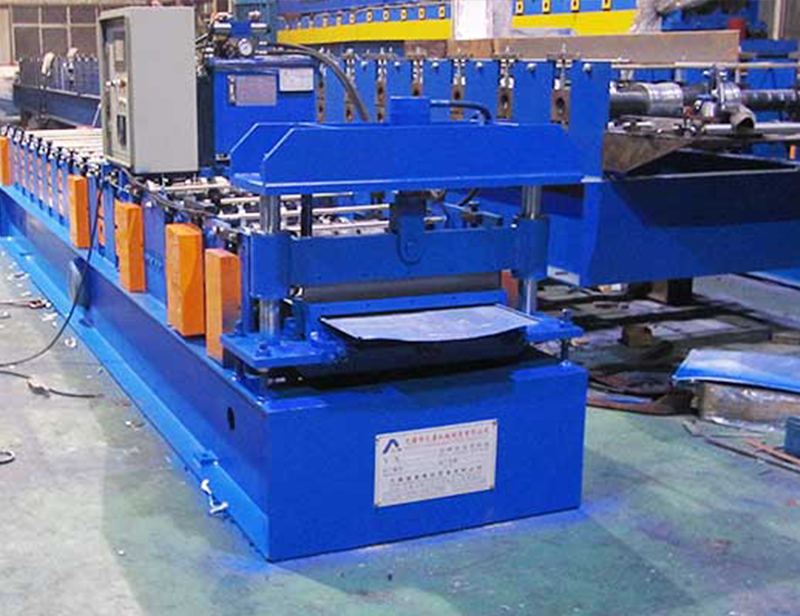Navigation Menu
Contact Us
- Email:
- info@wxavatar.com
- Address:
- Yurong Village, Yuqi Street, Huishan District, Wuxi, China.
Release Date:Apr 27, 2025 Visit:55 Source:Roll Forming Machine Factory
Roll forming is a continuous metalworking process used to shape thin sheet metal into desired profiles through a series of rolls. This technique is commonly employed in the manufacturing of metal products with specific cross-sectional shapes, such as roofing panels, door frames, or automotive components. Roll forming is highly valued for its ability to produce high-quality, uniform products at relatively high speeds.
Process Description
In the roll forming process, a metal strip or sheet is fed into a set of consecutive rollers that progressively shape it. These rollers, typically made of hardened steel, have grooves or profiles that match the desired final shape of the product. As the metal passes through each set of rollers, it undergoes gradual deformation until it reaches the final geometry.

The process can be used for a variety of metals, including steel, aluminum, and copper, and is suitable for materials of varying thickness, although it is most commonly used for thin to medium gauge sheets. Roll forming can be done at room temperature (cold roll forming) or at elevated temperatures (hot roll forming), depending on the material and the end-use requirements.
Key Steps in the Roll Forming Process
Material Preparation: The metal sheet or coil is prepared, typically cleaned and lubricated to reduce friction during the forming process. The material is then fed into the roll forming machine.
Initial Feeding: The metal strip is fed into the machine where it is aligned to ensure smooth movement through the rollers.
Roll Forming: As the material progresses through the series of rollers, each set of rolls applies pressure to gradually shape the metal. The rolls work in a controlled manner, ensuring that the product maintains consistent dimensions and smooth edges.
Cutting: Once the metal has passed through the roll forming machine and reached the desired shape and length, it is typically cut to the required size. Cutting methods can include shear cutting, flying shear, or rotary cutting, depending on the type of product being produced.
Finishing: After cutting, the formed part may undergo additional processes, such as trimming, bending, or even assembly, depending on the final application.
Advantages of Roll Forming
High Production Efficiency: Since roll forming is a continuous process, it allows for the mass production of uniform products. The speed of the process is high, and once the machine is set up, it can operate without interruption for extended periods.
Cost-Effectiveness: Roll forming can be highly cost-effective for long production runs, as it minimizes material waste and labor costs. The process is automated, reducing the need for manual intervention.
Versatility: Roll forming can produce a wide variety of shapes, including complex profiles, and can work with different materials, such as coated steels, stainless steels, and non-ferrous metals.
Precision and Consistency: The process ensures that the final products have consistent dimensions and high-quality surface finishes, which are essential for industries like automotive and construction.
Applications of Roll Forming
Roll forming is widely used across various industries due to its ability to produce precise, high-volume parts. Common applications include:
Automotive Industry: For the production of components like door panels, bumpers, and structural reinforcements.
Construction: In the manufacture of roof panels, siding, gutter systems, and framing components.
Appliances: For parts such as brackets, trim, and structural components used in household appliances.
HVAC: In the production of ducts, piping, and other components used in heating, ventilation, and air conditioning systems.

Conclusion
Roll forming is a versatile and efficient metal forming process that is crucial in many industries, particularly those requiring high-volume production of metal products with consistent dimensions and intricate shapes. Its ability to handle a variety of materials and produce high-quality results makes it an attractive choice for manufacturers seeking cost-effective solutions for complex metal parts. As industrial needs evolve, roll forming continues to play a pivotal role in shaping modern manufacturing processes.